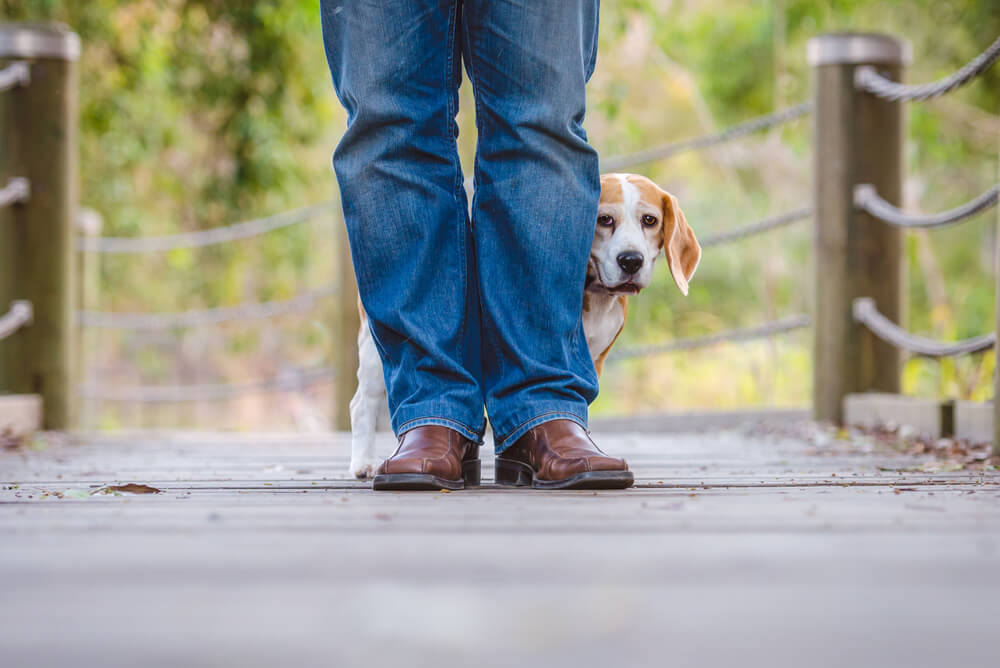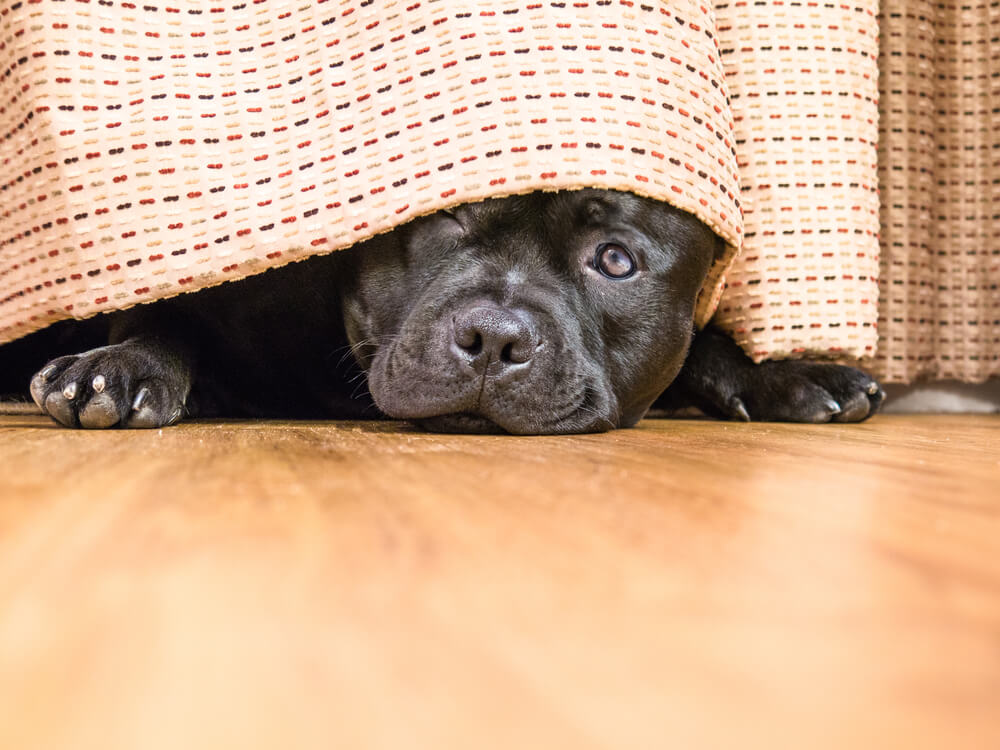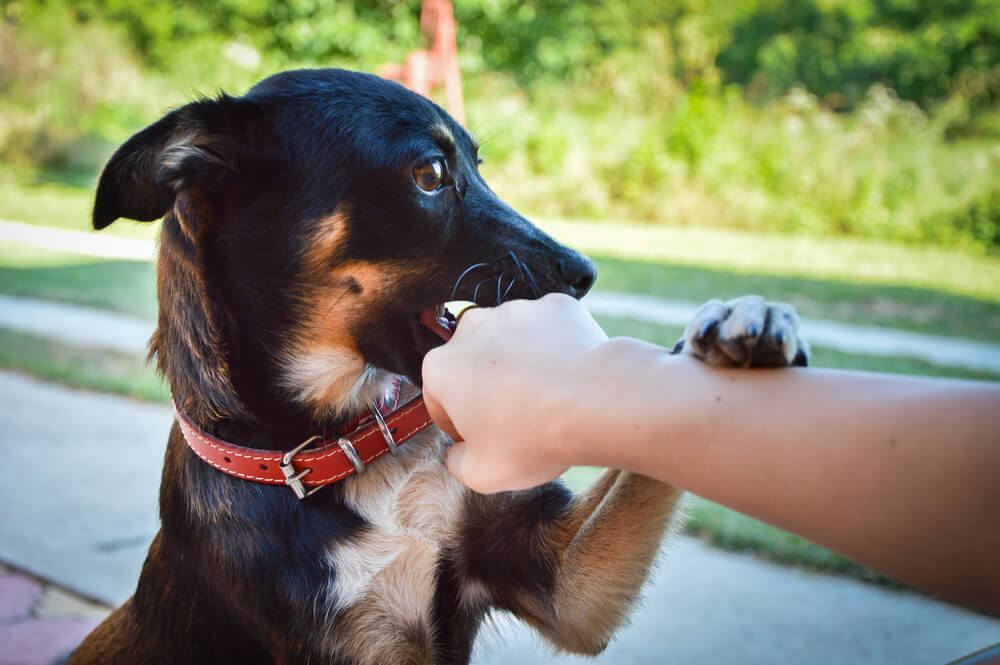Just like humans, every dog is different. Some dogs are kind. Some are nervous. Some are happy. Some are easily scared or anxious. Some are grumpy. Some are hyper. Some are lazy. Some are smart. Some are…not as smart. Some are funny. Some are serious.
Just like any human is capable of doing or saying something mean or acting out if they feel afraid or threatened, any dog is capable of biting, regardless of age, size, or breed. And, dog bites aren’t a rare occurrence; the Centers for Disease Control and Prevention (CDC) estimates that more than 800,000 people in the U.S. receive medical attention for dogs bites every year.
No one wants to see a family member (most often a child) get bitten by a dog. And, no one wants their beloved furry friend to be the one doing the biting. According to the National Council on Pet Population Study and Policy (NCPPSP), biting is among the top 10 reasons dog owners relinquish their canine companions.
The good news? Dog bites can be prevented. And, the best prevention begins with education. Here are 3 ways to protect your family—both human and canine—from dog bites.

#1: Know the signs of fear and anxiety in dogs
A dog will let you know when he’s feeling fear, stress, or anxiety. While the body language may seem subtle, understanding it could mean the difference between bite and no bite. Some common signs to watch for include:
- Cowering
- Panting
- Licking lips
- Moving slowly
- Yawning
- Pacing
- Furrowing brows
- Ears to the side
- Hypervigilance (looking around quickly)
- Moving away from you
When a dog is showing any signs of fear or anxiety, do not approach him or try to pet him.

#2: Know how and when to approach a dog
Some dogs should never be approached. Avoid a dog that is:
- Sleeping
- Eating
- Not with its owner (especially if he’s tied up or on the other side of a fence)
- Sick or injured
- Growling or barking
- Hiding
- A new mom with her puppies
If a dog does not fall into one of the above categories and you want to approach and pet him, be sure to do it properly. Here’s a guide:
Always:
- Ask the owner if it’s OK to greet her dog.
- < Approach the dog at a calm pace while watching his body language carefully.
- Approach from the side and look at the dog using your peripheral vision.
- Let a dog approach you at his own pace and solicit your attention when he’s ready for it.
- Pet a dog in a gentle manner once he has “asked” for your attention and his owner has let you know that it’s OK to pet him.
-
Get down at the dog’s level and present your side to him.
Never:
- Greet a dog who isn’t with his owner.
- Rush up to pet a dog
- Approach head-on and stare into a dog’s eyes.
- Stick your hand in a dog’s face, forcing him to sniff it.
- Hug, kiss, or aggressively pet an unfamiliar dog, even if his owner has given you permission to pet him.
- Lean over or toward a dog.

